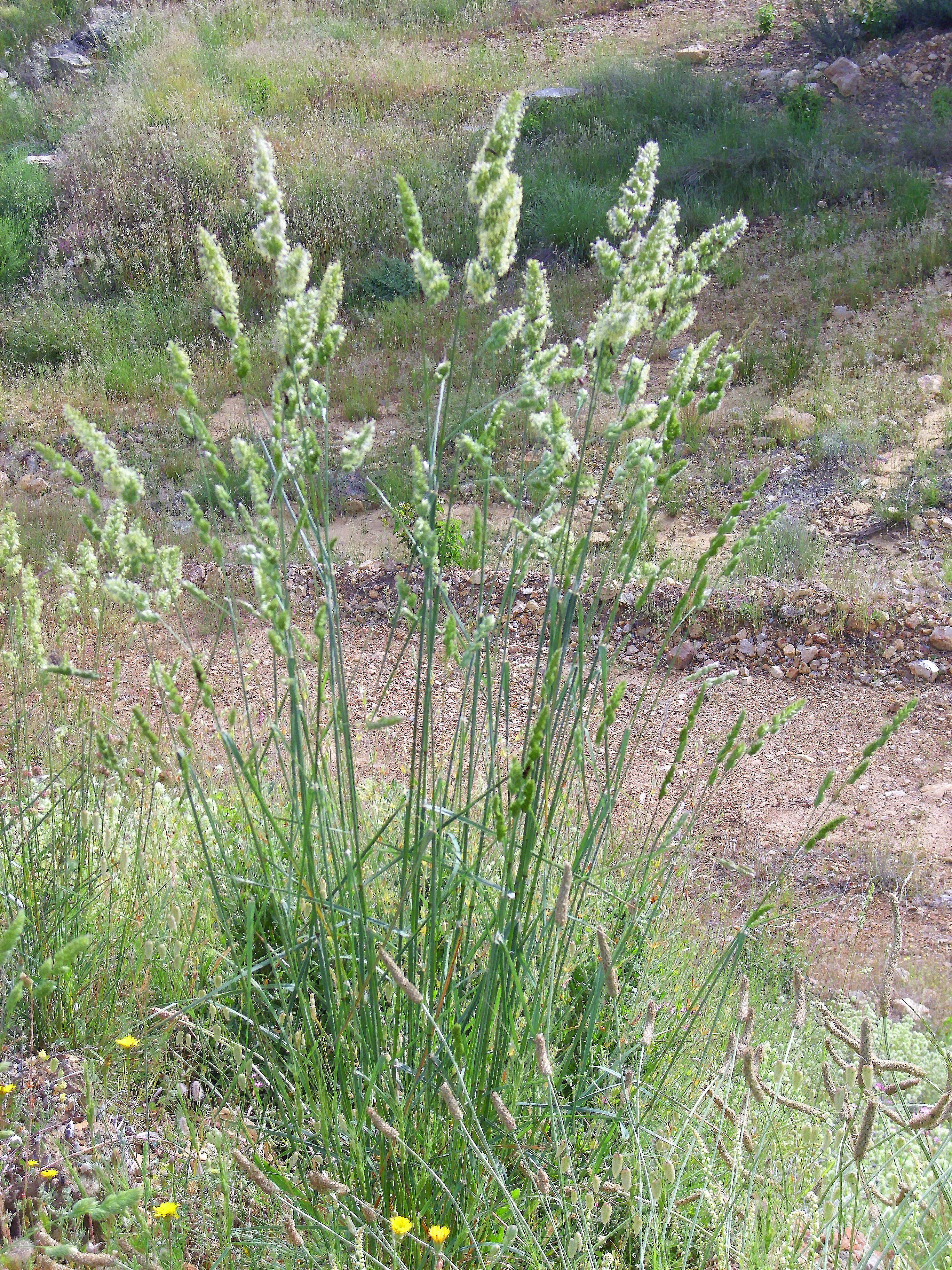Glyphipterix Achlyoessa on:
[Wikipedia]
[Google]
[Amazon]
''Glyphipterix achlyoessa,'' commonly known as the cocksfoot stem borer, is a species of moth in the family
 This species prefers to inhabit meadows and grassy open spaces. It appears to prefer introduced grass species. A host plant for this species is '' Dactylis glomerata.'' Larvae have also been found boring into '' Juncus'' species.
This species prefers to inhabit meadows and grassy open spaces. It appears to prefer introduced grass species. A host plant for this species is '' Dactylis glomerata.'' Larvae have also been found boring into '' Juncus'' species.
Glyphipterigidae
The Glyphipterigidae are a family of small moths commonly known as sedge moths, as the larvae of many species feed on sedge
The Cyperaceae are a family of graminoid (grass-like), monocotyledonous flowering plants known as sedges. The family ...
. It is endemic to New Zealand and can be found throughout the country. This species inhabits meadows and open grasslands. The larvae are hosted by species in the genus '' Juncus'' as well as by the species '' Dactylis glomerata.'' Adult moths are commonly on the wing from October to December.
Taxonomy
This species was first described by Edward Meyrick in 1880 and named ''Phryganostola achlyoessa''. Meyrick used material he collected at the Wellington Botanic Garden at dusk in January. In 1915 Meyrick placed this species in the genus ''Glyphipteryx''. George Hudson discussed and illustrated this species under the name ''Glyphipteryx achlyoessa'' in 1928. In 1986 the genus ''Glyphipteryx'' was judged an unjustifiedemendation
An emendation is an alteration to a term, for a specific technical reason:
* Emendation (textual), altering a word to make sense, e.g. when incomplete or assumed to have been copied incorrectly
* Emendation (zoology), altering the spelling of the ...
of ''Glyphipterix'' Hübner so this species is now known as ''Glyphipterix achlyoessa''. The male holotype specimen is held at the Natural History Museum, London.
Description
Meyrick described the species as follows:Distribution
This moth is endemic to New Zealand and found throughout the country. It is regarded as being common.Lifecycle and behaviour
This species is on the wing from October to December. When disturbed it is likely to fly a short distance before landing on a grass stem.Habitat and host plant
 This species prefers to inhabit meadows and grassy open spaces. It appears to prefer introduced grass species. A host plant for this species is '' Dactylis glomerata.'' Larvae have also been found boring into '' Juncus'' species.
This species prefers to inhabit meadows and grassy open spaces. It appears to prefer introduced grass species. A host plant for this species is '' Dactylis glomerata.'' Larvae have also been found boring into '' Juncus'' species.
References
{{Taxonbar, from=Q5573052 Glyphipterigidae Moths of New Zealand Moths described in 1880 Endemic fauna of New Zealand Taxa named by Edward Meyrick Endemic moths of New Zealand